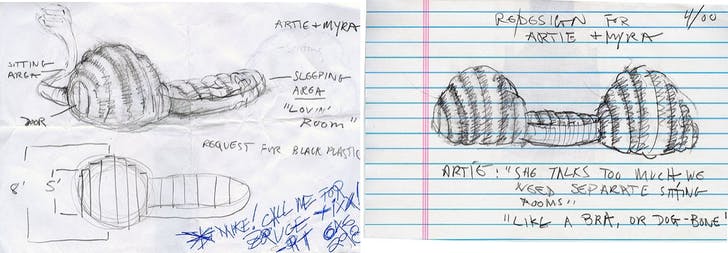Reading One
“Art Beyond Representation : The Performative Power of the Image” by Barbara Bolt was our first piece of required reading. I was relieved that we only had to tackle the introduction because it was a very complicated work. The idea is simple – at some point a work crosses the boundary of representation into performance. The work stops being a representation of life and is formed into a performance of life unfolding. The discussion however, was far from simple. I really struggled to get through the jargon of the text and even upon finishing the text, realised I still didn’t quite understand the theory being discussed.
Although this was an interesting read, I much preferred our second text which was far more comprehensible.
Reading Two
“The Interventionists : Users’ Manual for the Creative Disruption of Everyday Life” discusses the ways in which artists stage their interventions. The artists are divided into categories relating to their art practice – ‘Nomads’, ‘Reclaim The Streets’. ‘The Experimental University’ and ‘Ready to Wear’. Then, they deep dive into each category discussing the artists relevant to it and their interventions. I really liked this text as it was very readable and provides visual examples of the work. The relationship between our studies and the text are clear and helped me to find artist models for my own work.
Artist Research
New York artist Michael Rakowitz is a ‘Nomad’ interventionist, defined as Artists who produce work that encourages individual autonomy by The Interventionists Users’ Guide. I was intrigued to research this artist from the hand out because of the bodily involvement. The 1998 work “Parasite” provided an inflatable shelter to homeless, filled with the outgoing air from ventilation systems of nearby buildings.
I really liked this project for it’s coexisting causes – to intervene with a space but also to protest and raise awareness around homelessness. Furthermore, his practice is sustainable, being made from recycled plastic bags. To me, this project is more of an act of kindness than an art project, as he spent hours designing and building personalised shelters for every homeless person he spoke with.
“…my mentor Krzysztof Wodiczko talks about the bandage as a metaphor for the kind of work that we do. A bandage can simultaneously heal and broadcast. It heals a wound but it also broadcasts something that’s unacceptable. Philosophically, if we’re going to talk about an idealistic perspective on society, people should not have bandages because they should not have wounds. I insist on continuing to make the bandage, because the problem is only getting worse.” – Interview with Rakowitz
Julia Ingales, “paraSITE: the bandage over the normadic wound”, Archinet Features, 27th May 2016



